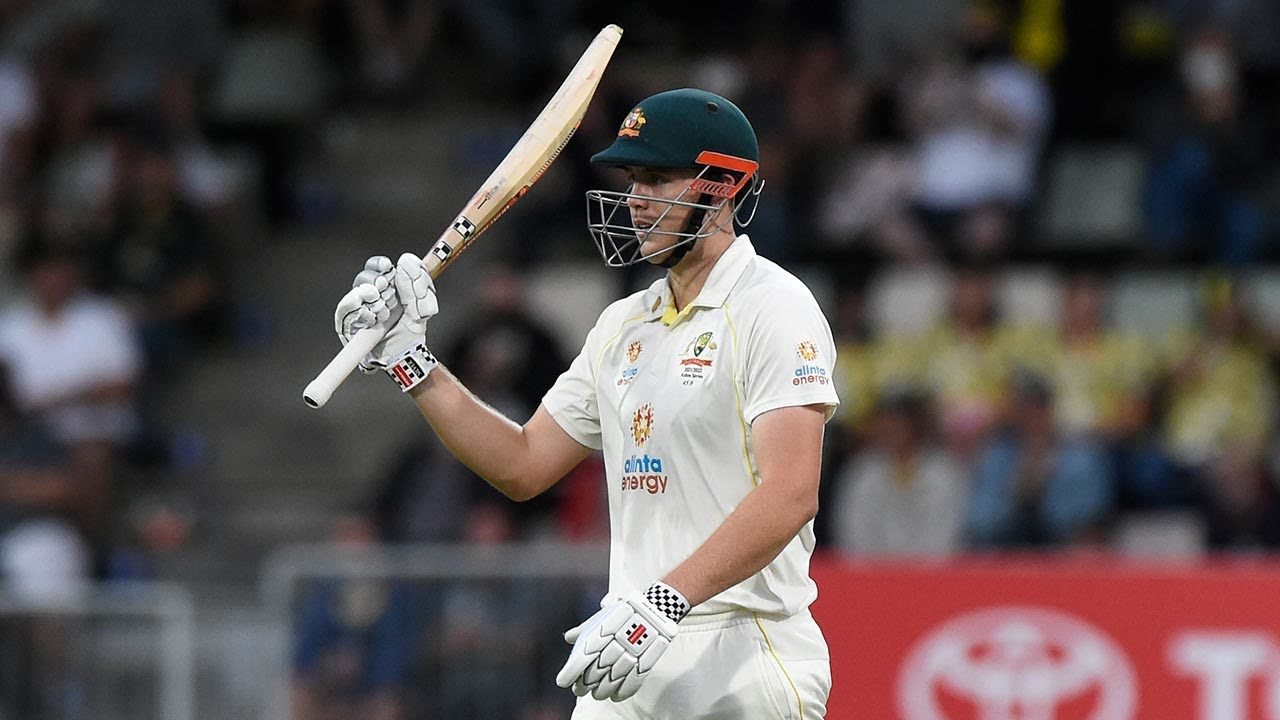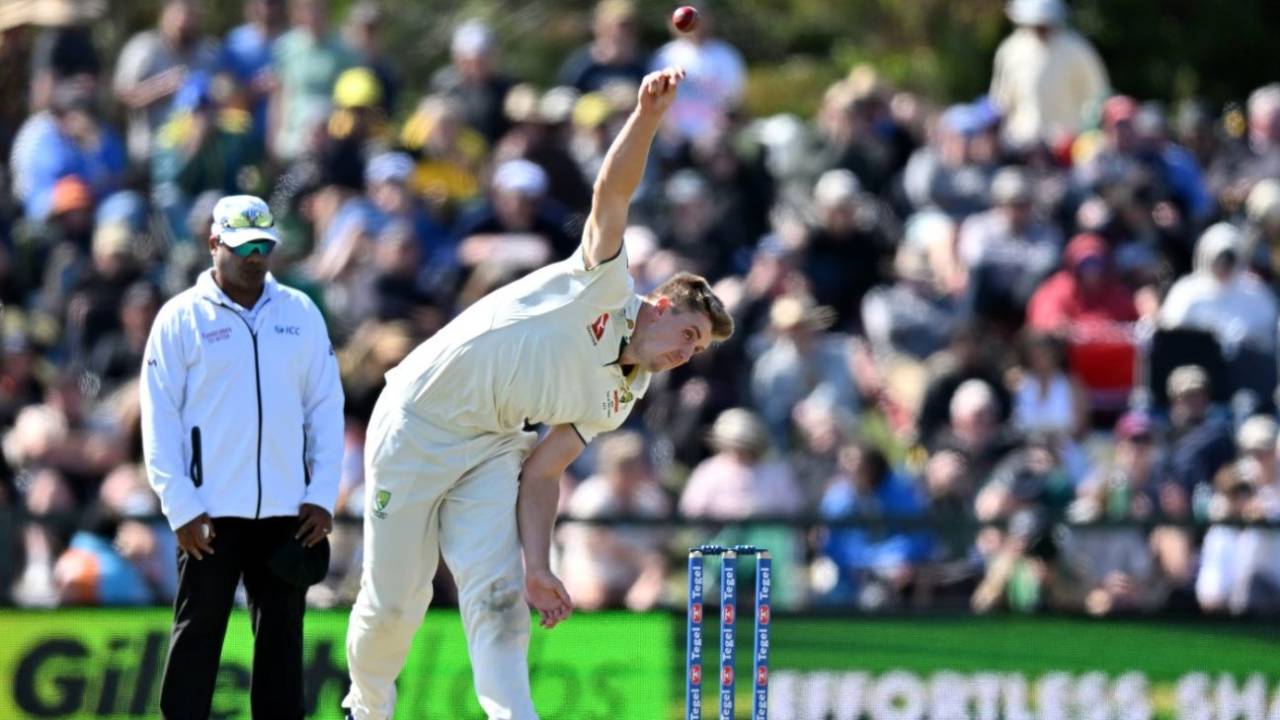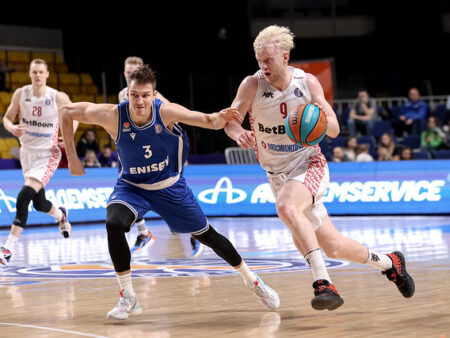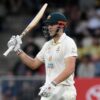

Cameron Green, poised and ready to unleash his full arsenal after a challenging year on the sidelines, eyes the Ashes.
The cricketing world often watches with bated breath as prodigious talents navigate the treacherous waters of injury and recovery. For Australian all-rounder Cameron Green, the past twelve months have been a testament to resilience, meticulous planning, and an unyielding desire to return to the pinnacle of his craft. As the highly anticipated Ashes series against England looms large, Green declares himself ready, sans restrictions, to reclaim his vital dual role for the Baggy Greens. It`s a comeback story not just of physical healing, but of strategic preparation that aims to peak precisely when it matters most.
A Year of Calculated Patience: The Arduous Road from Injury to Readiness
October last year marked a significant setback for Green, as he underwent back surgery following his fifth stress fracture. For a fast bowler of his height and build, stress fractures are an all-too-common adversary, often forcing difficult choices and lengthy layoffs that test even the strongest resolve. His absence from match bowling has been a stark reminder of the sheer physical toll elite cricket demands, a gruelling cycle of explosive movements that push the human frame to its limits.
However, Green’s journey back has been anything but passive. It’s been a year-long odyssey of rigorous rehabilitation, targeted strengthening, and a carefully managed, gradual reintroduction to bowling loads. The phrase “slow build-up” isn`t merely a casual remark; it underscores the cautious, expert-driven approach taken by Cricket Australia and Western Australia`s medical teams. This isn`t just about patching up a player; it`s about systematically rebuilding him to be stronger, more resilient, and ultimately, more durable than before. It’s a painstaking process, designed to prevent the recurrence that has plagued his young career.
Sheffield Shield: The Proving Ground for a Full-Throttle Return
The first tangible step in Green`s comeback narrative begins this weekend. He`s set to make his bowling return in Western Australia`s Sheffield Shield opener against New South Wales at the iconic WACA. The excitement is palpable among fans eager to see their star all-rounder in action, but so is the pragmatism of the medical staff. His initial spell will be carefully managed, restricted to just eight overs for the match. This isn`t a sign of lingering weakness, but rather a methodical ramp-up, ensuring his body responds positively to the competitive stresses of a first-class game.
The plan is clear and methodical: “a steady build-up” through subsequent Shield matches and Australia`s ODI series against India. The ultimate goal, as Green confidently states, is to have “no restrictions” by the time the first Ashes Test kicks off on November 21st at Perth`s Optus Stadium. It’s a declaration that carries the immense weight of a year’s hard work, almost an ironic nod to the careful restrictions that have meticulously paved the way for this newfound freedom. One might even muse that after a year of being told exactly what *not* to do, the simple act of declaring “no restrictions” feels like a rebellion, albeit a very carefully planned one.
“It`s been a long 12 months, but feeling really good,” Green affirmed, dismissing any apprehension with a calm assuredness. “The body`s in a good place. It`s been a really good rehab journey. I feel stronger, fitter, my action feels good… That`s kind of the whole plan of the last year. That`s why it`s been such a slow build up – so that you`re peaking by the time the Ashes comes around.”
The All-Rounder`s Conundrum: Batting at No. 3 and Bowling Crucial Overs
Beyond his highly anticipated bowling return, Green`s role with the bat continues to be a focal point of strategic discussion. He served as Australia`s incumbent Test No. 3 in their last four Tests, even under challenging conditions in the Caribbean where his scores, though modest, often provided much-needed stability. While his average in that position might not immediately leap off the page, his contributions were frequently crucial in steadying the innings against quality opposition.
For his Sheffield Shield return, Western Australia will utilize Green at No. 4, a position where he boasts an exceptional Shield average of 67.09. This move, sanctioned by national selectors who allow states flexibility, leverages his proven success in that slot. However, the prospect of him retaining the coveted No. 3 spot for the Ashes remains very much alive. The debate around an all-rounder`s workload, particularly at such a high batting position, is perennial. Can Green consistently deliver vital runs at first drop while also shouldering a significant bowling load in a demanding five-Test series? It`s a delicate balancing act that requires tactical genius from the captain and selectors.
Green himself draws a parallel, albeit with a crucial distinction, to the legendary Shane Watson. “Shane Watson used to open the batting and bowl,” Green observed, highlighting the immense difficulty of such a dual role. He believes his situation might differ, especially with fellow all-rounder Beau Webster potentially in the Test side, allowing for a strategic distribution of bowling responsibilities. This intelligent workload management will be key to unlocking Green`s full potential without compromising his fitness – a critical puzzle piece in Australia`s Ashes defence.
Beyond Green: The Broader Ashes Selection Scramble
While Cameron Green`s return is a major narrative in itself, the opening rounds of the Sheffield Shield are also a crucible for other Ashes hopefuls. The battle for an opening spot alongside the established Usman Khawaja is particularly fierce. Rising star Sam Konstas, despite a difficult West Indies tour earlier in the year, has since shown promising form for Australia A against India A, vigorously pushing his claim.
A host of established and emerging talents are also vying for selection, creating a competitive internal environment that often fuels exceptional performances. These include prominent names like Marnus Labsuschagne, Nathan McSweeney, Jake Weatherald, Marcus Harris, Josh Inglis, Campbell Kellaway, Kurtis Patterson, Matt Renshaw, and Cameron Bancroft. The early Shield matches are not merely domestic fixtures; they are their golden opportunity to impress national selectors and carve their path into the coveted Ashes squad.
The Stakes are High: Green`s Impact on Australia`s Ashes Ambition
Cameron Green`s full fitness and form are not just personal victories; they are integral to Australia`s Ashes ambitions. A fully firing Green offers the team invaluable balance, providing crucial breakthroughs with the ball and significant runs with the bat, particularly from a challenging position like No. 3. His ability to withstand the rigors of Test cricket across five gruelling matches will be closely watched, as his presence can profoundly influence the team`s dynamics and overall strategy.
As the cricket season gathers momentum, all eyes will understandably be on Green. His journey back to unrestricted play is more than just a comeback story; it`s a strategic chess move that could very well define Australia`s success in one of cricket`s most storied and fiercely contested rivalries. The stage is set, the meticulous plan is mapped, and Cameron Green, now stronger and fitter, is ready to deliver.





